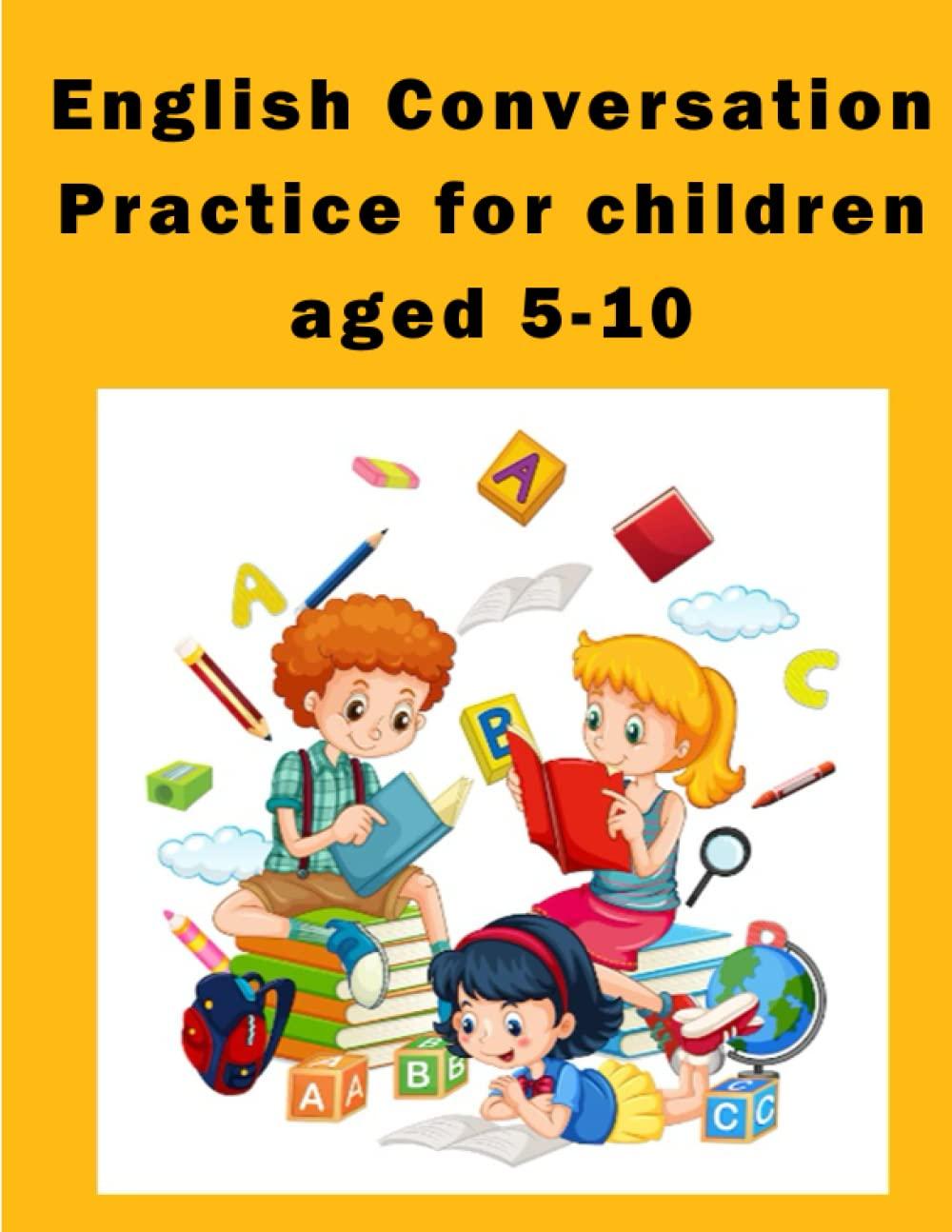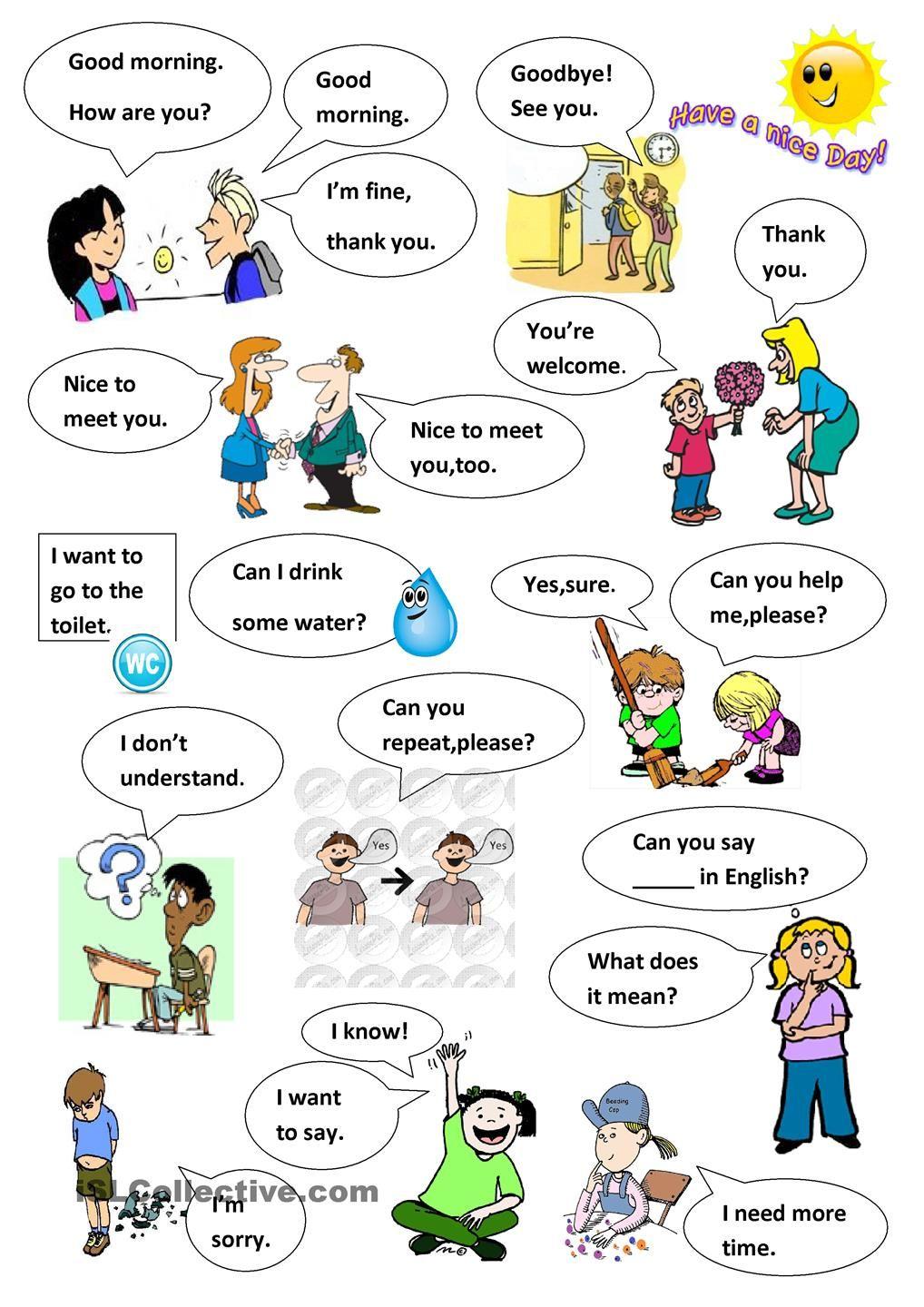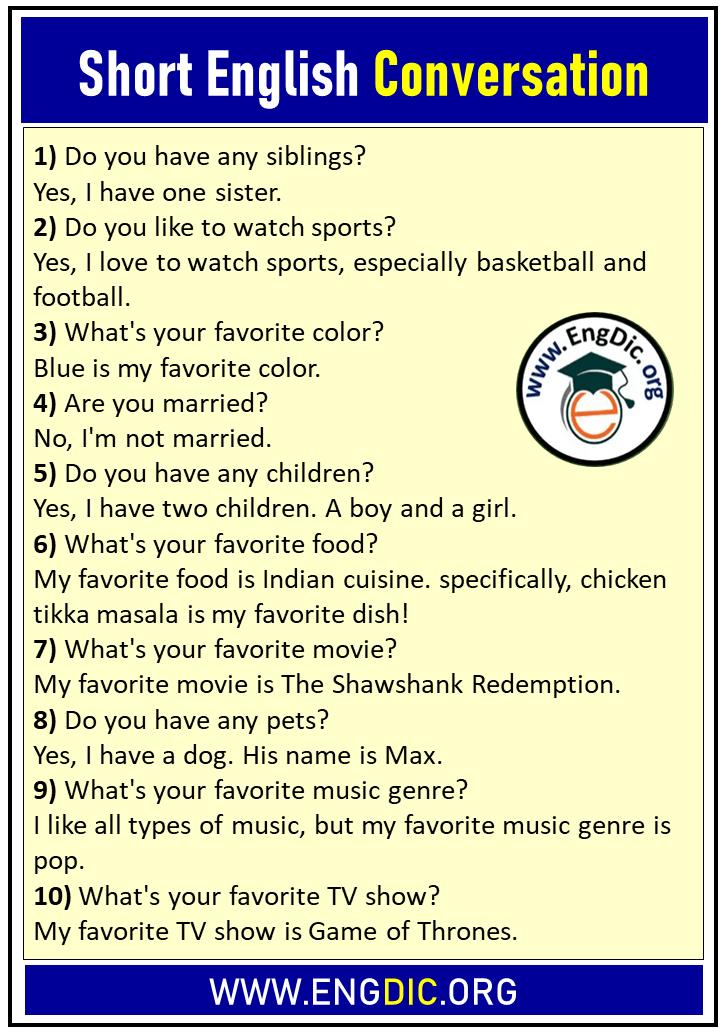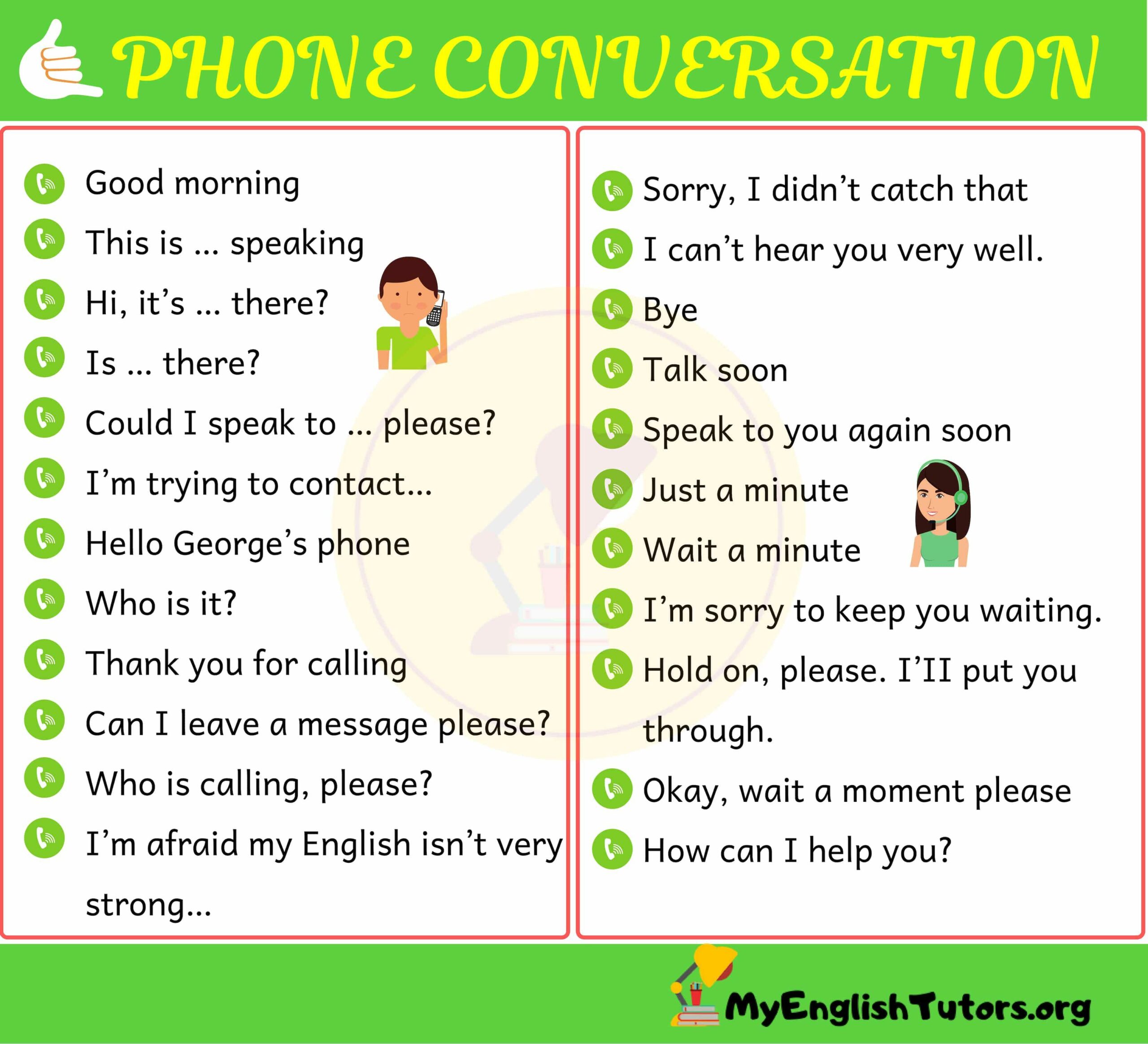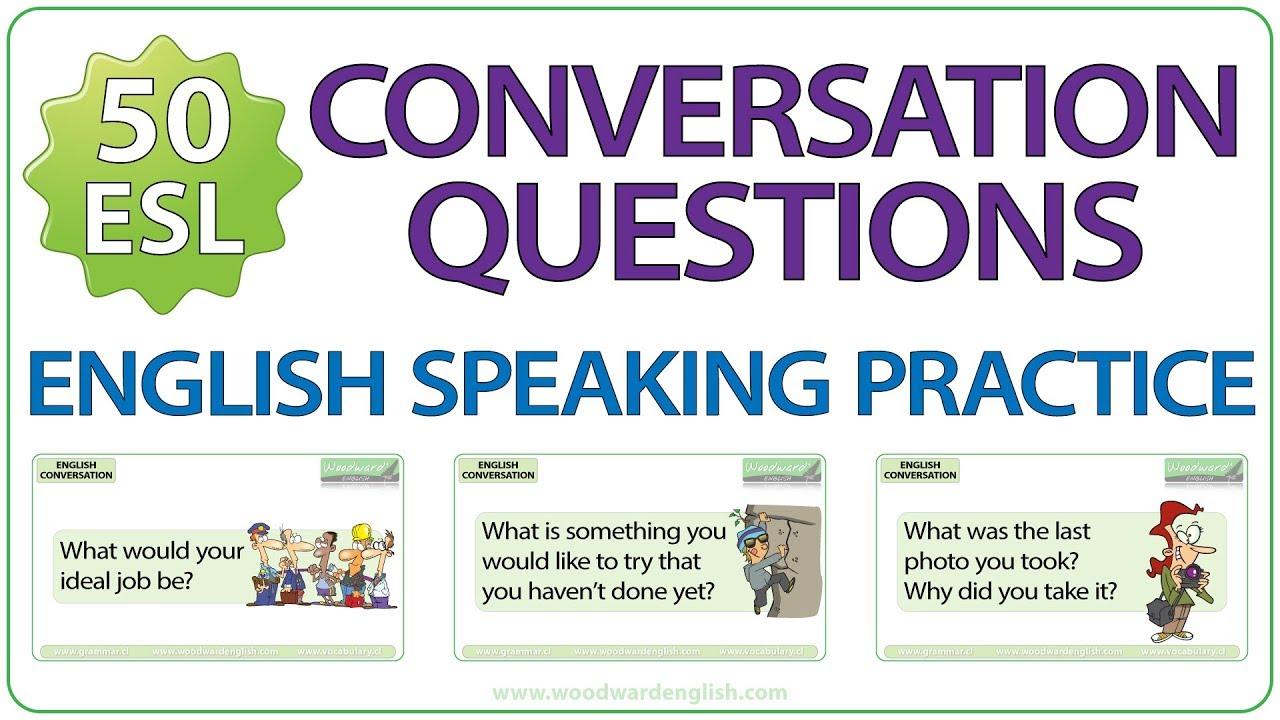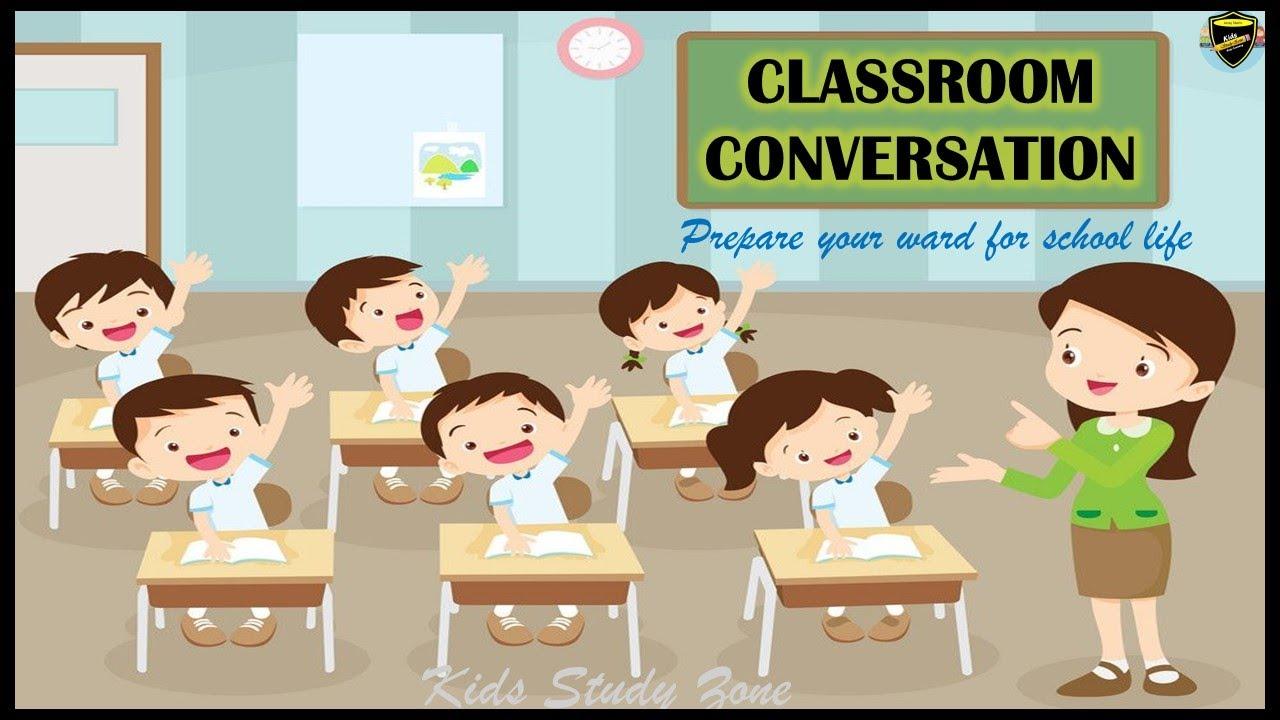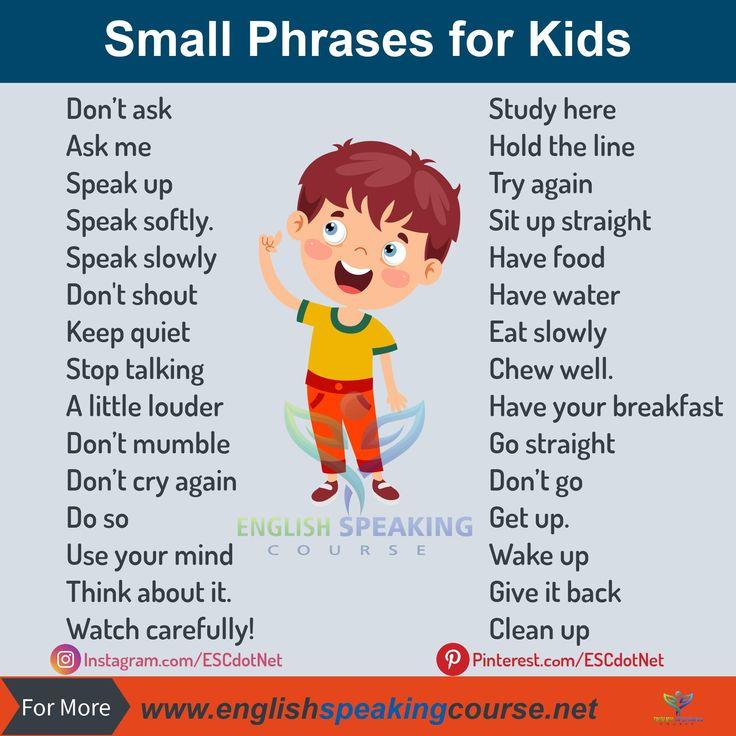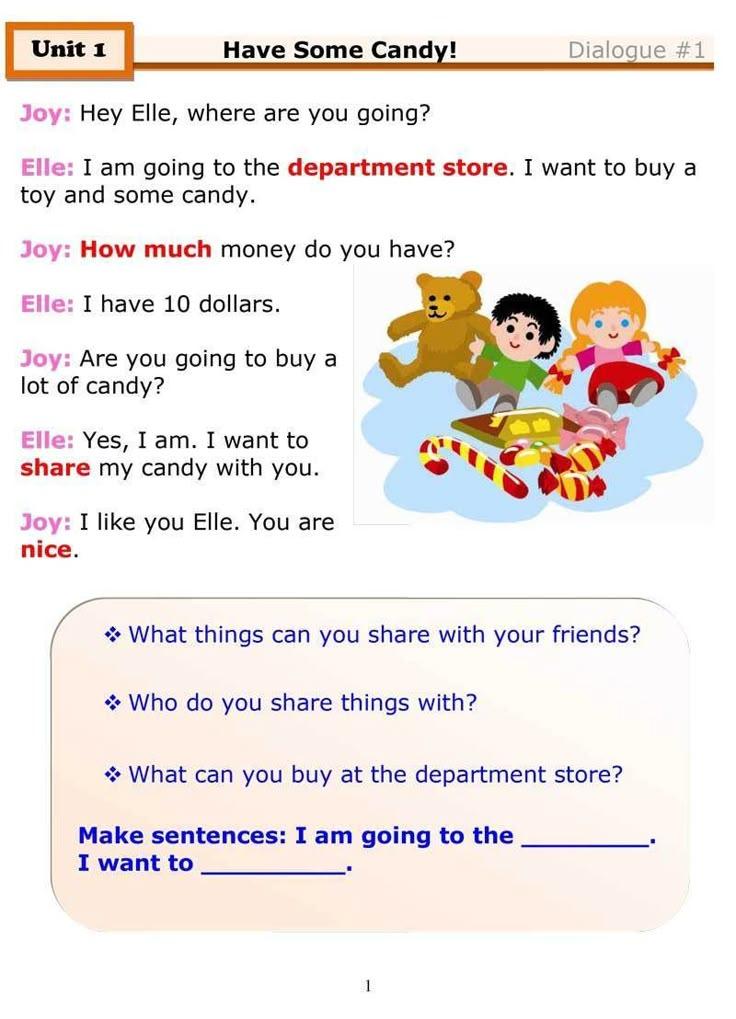
Here's a fun ESL dialogue for kids about sharing featuring a simple ESL grammar:
Title: Sharing is Caring
Characters:
* Emma, a 6-year-old girl who loves playing with toys
* Max, a 6-year-old boy who shares his toys with Emma
Context: Emma and Max are playing together in the playground during recess. Emma notices that Max has a new toy, a bike, and she really wants to play with it.
Dialogues:
Emma: "Wow, Max! Your bike is so cool! Can I play with it?"
Max: "Actually, I was playing with it before. But I can lend it to you for a little while. Would you like that?"
Emma: "Yes, please! Thank you, Max!"
Max: "You're welcome, Emma! Just make sure to give it back to me after a while, okay?"
Emma: "Okay, I promise! I'll be careful."
Max: "Great! I'll even help you ride it."
ESL Grammar:
* "Can I…?" is a polite way to ask for permission
* "May I…?" is another way to ask for permission
* "Would you like…?" is a way to ask someone if they want something
* "Lend" means to give something to someone for a short time
* "Give back" means to return something to its owner
Language Points:
* Use "can" and "may" to make requests (e.g. "Can I play with your bike?")
* Use "would you like" to ask for someone's preference (e.g. "Would you like to play with my bike?")
* Practice using the verb "lend" and "give back" in context
Follow-up Questions:
1. What did Emma ask Max to do with the bike?
2. Why did Max lend the bike to Emma?
3. What did Max promise to do after Emma was done playing with the bike?
4. Can you think of another time when someone might lend something to you?
Extension Activity:
1. Draw a picture of Emma and Max playing together with the bike.
2. Write a short story about Emma and Max sharing their toys with each other.
3. Practice asking and answering questions about sharing using the dialogue as a guide.
This dialogue is designed to be simple and easy to follow for young learners, while still conveying an important social skill like sharing. The language points and vocabulary are carefully chosen to support ESL learners' needs. The follow-up questions and extension activity provide opportunities for further practice and engagement.

